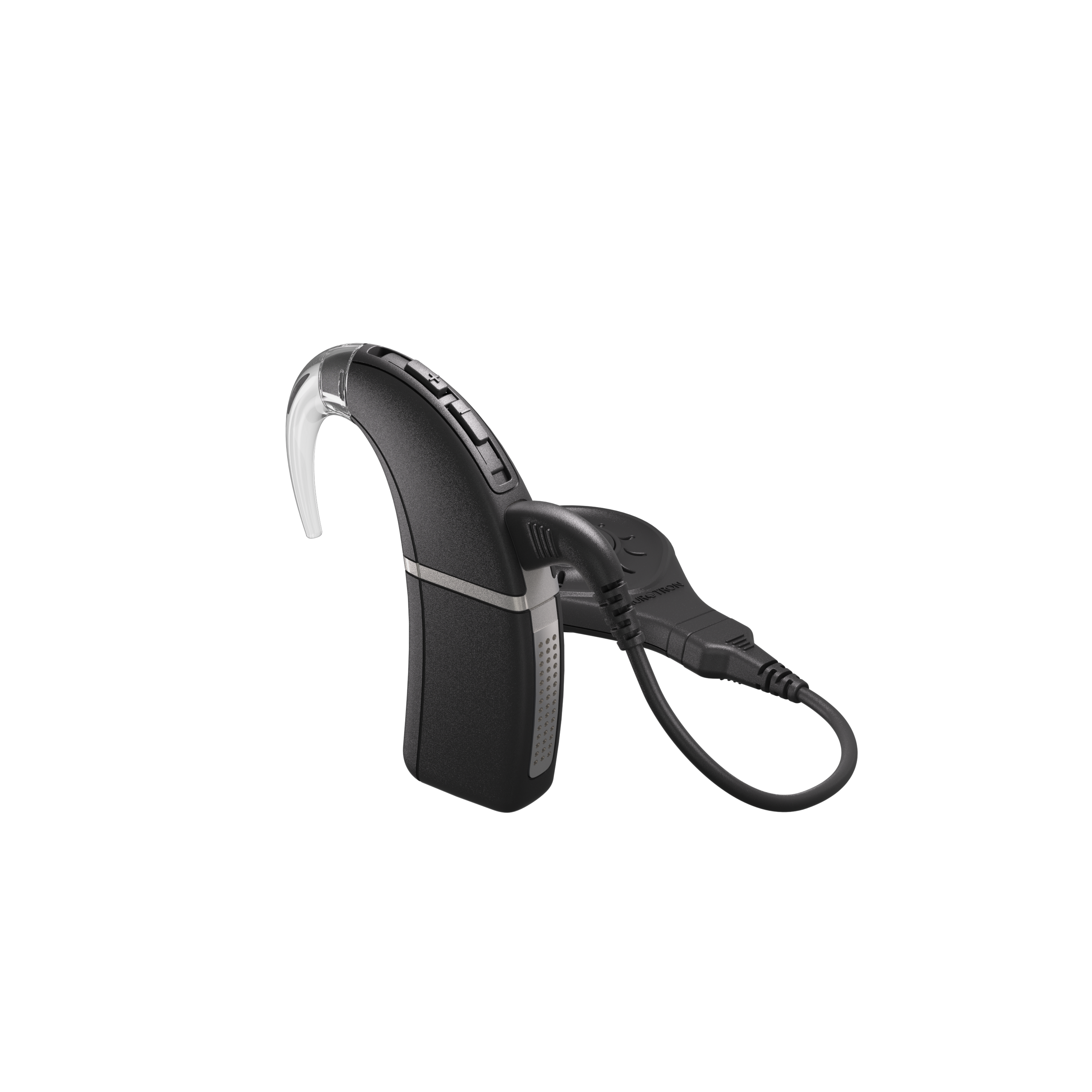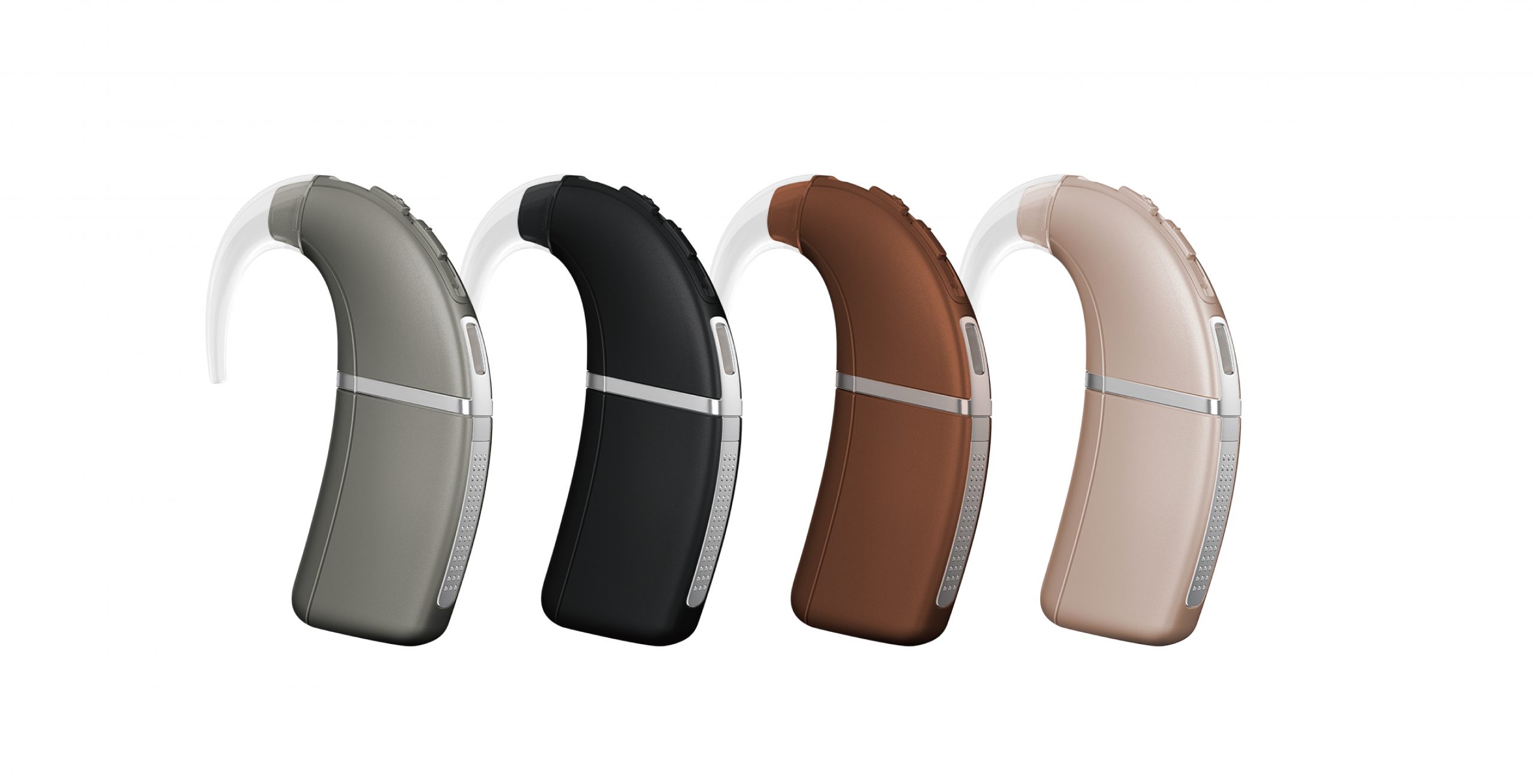The advent of external processors for cochlear implants has revolutionized the auditory experiences of individuals with hearing impairments. These sophisticated devices not only enhance sound quality but also provide users with greater control over their listening environments. As I delve into the intricacies of these external processors, it becomes evident that they play a pivotal role in bridging the gap between silence and sound.
Click to find more about external processor for cochlear implant.Read External Processors for Cochlear Implants

External processors serve as crucial components in cochlear implant systems, converting environmental sounds into electrical signals that stimulate the auditory nerve. These devices are designed to be user-friendly, allowing wearers to adjust settings based on their specific auditory needs and preferences. The technology embedded within these processors continues to evolve, incorporating advanced features such as noise reduction and directional microphones. Furthermore, many modern external processors offer connectivity options with smartphones and other digital devices, enhancing accessibility for users in various contexts.
Nurotron: A Leader in Cochlear Implant Technology
Nurotron is at the forefront of developing cutting-edge solutions for individuals requiring cochlear implants. Their commitment to innovation is reflected in their range of external processors that prioritize both functionality and user comfort. Nurotron‘s products are engineered with state-of-the-art technology aimed at improving sound clarity while minimizing background noise interference. Additionally, they focus on creating aesthetically pleasing designs that cater to diverse consumer preferences without compromising performance.
Cochlear Implants for Children: Tailored Solutions
The design considerations surrounding children’s cochlear implants differ significantly from those intended for adults due to unique developmental needs. Manufacturers recognize that children require durable yet lightweight external processors capable of enduring active lifestyles while providing optimal auditory support. Moreover, pediatric models often incorporate playful designs or customizable elements to engage young users effectively. Ensuring ease of use is paramount; therefore, intuitive interfaces allow children—and their caregivers—to navigate settings effortlessly as they adapt to new acoustic environments.
Conclusion: The Impact of External Processors on Auditory Rehabilitation
The integration of innovative external processors into cochlear implant systems marks a significant advancement in auditory rehabilitation strategies. By enhancing sound processing capabilities and offering personalized adjustments tailored to individual needs—especially among children—these devices empower users toward achieving better communication outcomes and overall quality of life. As we continue search advancements within this field, it remains clear that effective design plays an essential role in maximizing the benefits derived from cochlear implantation technologies.

